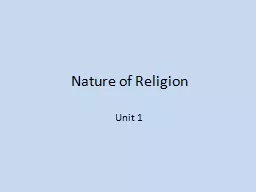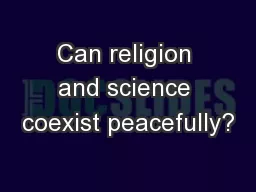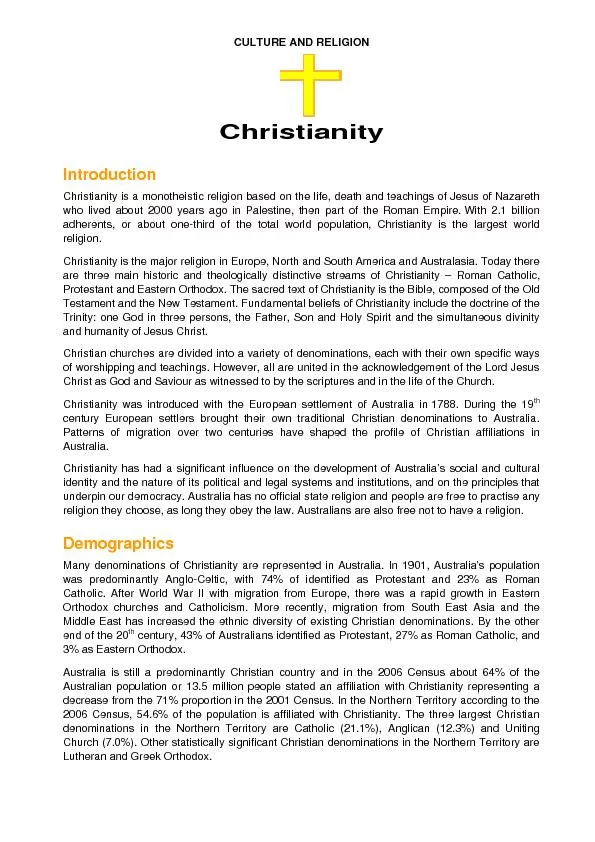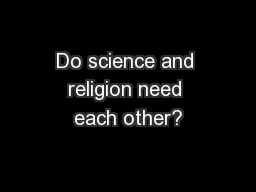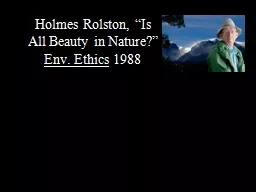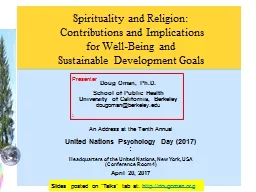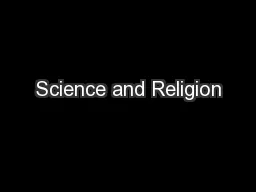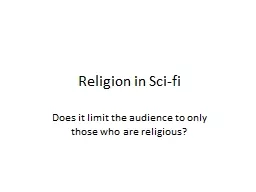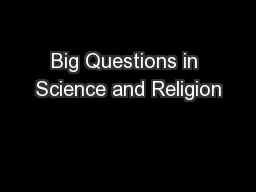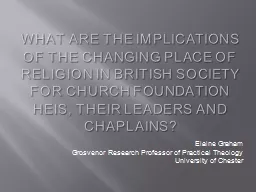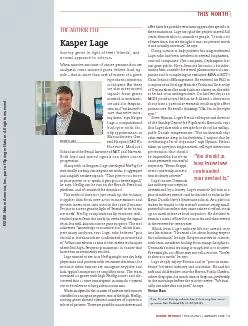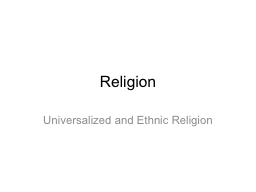PPT-Nature of Religion
Author : tatiana-dople | Published Date : 2017-08-11
Unit 1 Outcomes needing to be addressed this unit 1 Define supernatural and natural dimension 2 Discuss transcendent and immanent religious worldviews
Presentation Embed Code
Download Presentation
Download Presentation The PPT/PDF document "Nature of Religion" is the property of its rightful owner. Permission is granted to download and print the materials on this website for personal, non-commercial use only, and to display it on your personal computer provided you do not modify the materials and that you retain all copyright notices contained in the materials. By downloading content from our website, you accept the terms of this agreement.
Nature of Religion: Transcript
Download Rules Of Document
"Nature of Religion"The content belongs to its owner. You may download and print it for personal use, without modification, and keep all copyright notices. By downloading, you agree to these terms.
Related Documents

